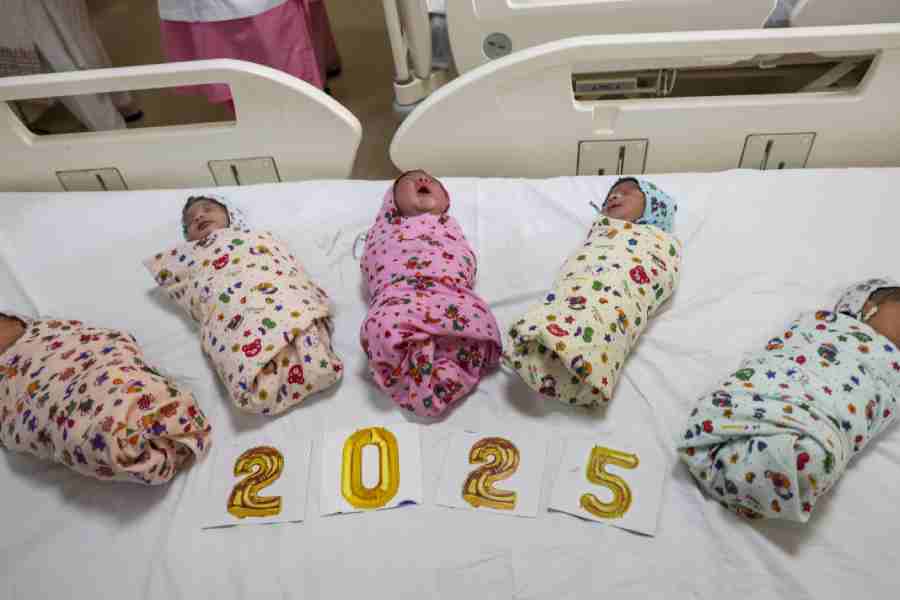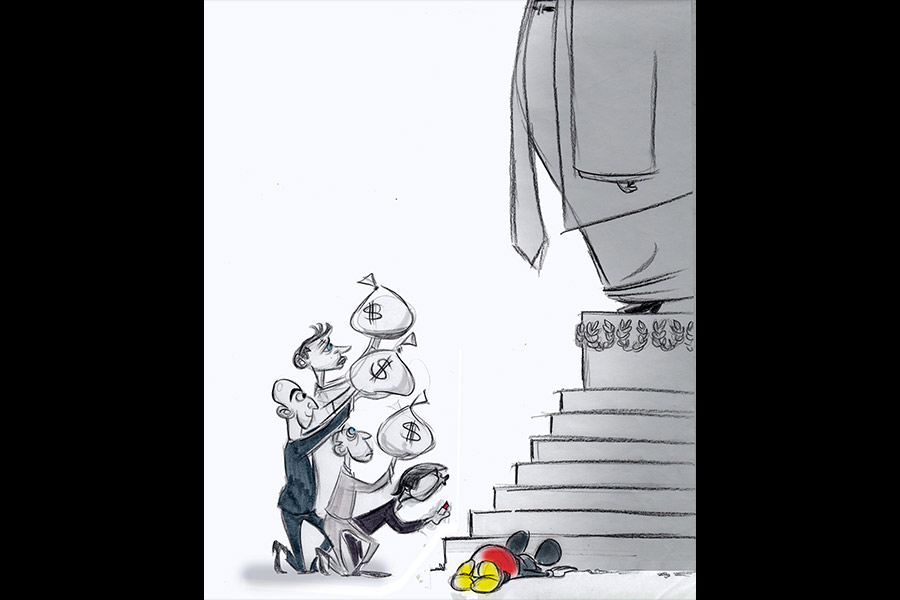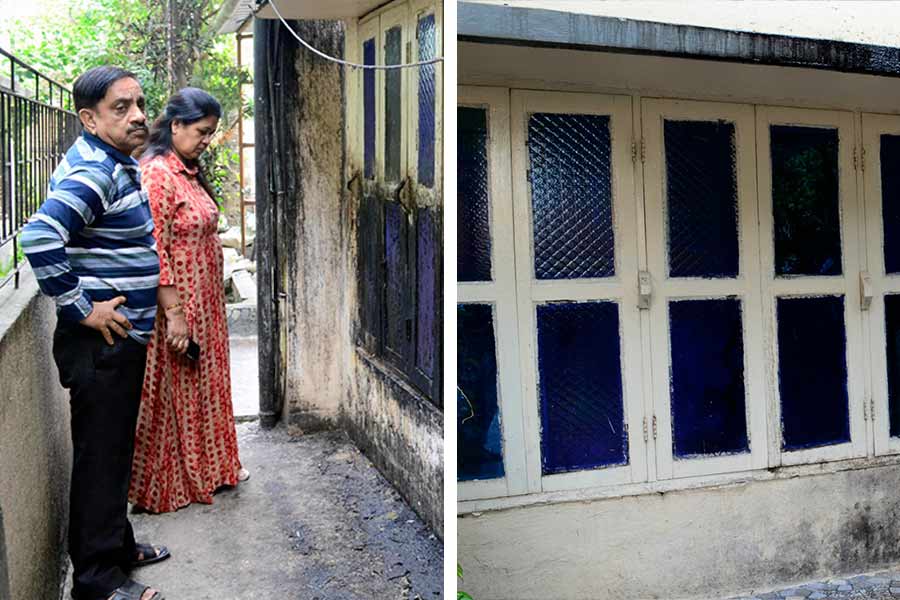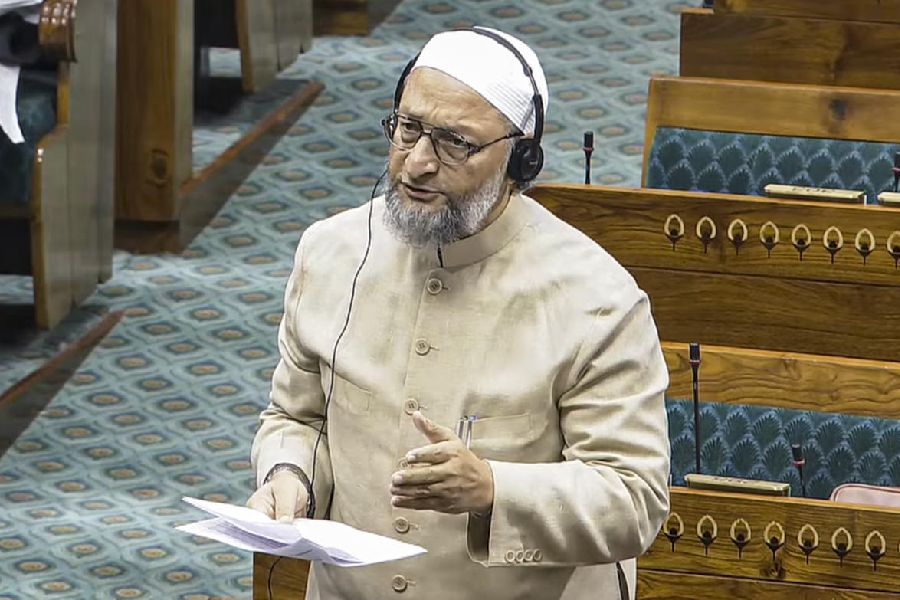The share of boys among India’s newborns has dropped from 54 per cent to 51.2 per cent over four decades, health researchers have reported.
But the percentage of boys among all births in the northern states and the wealthiest households remains high, the researchers said in a study.
Since the late 1980s, India’s sex ratio at birth (SRB) has been among the highest globally and consistently higher than its natural SRB. The Pew Research Centre, a US think tank, estimated in a 2022 report that India’s SRB over the previous two decades was 110 boys to 100 girls, comparable to those of China (115), Armenia (114), or Vietnam (111).
Cultural preferences for male children combined with the spread of prenatal diagnostic technologies, including ultrasound scans, contributed to the decline in India’s SRB since the late 1980s until lawmakers in 1994 banned foetal sex disclosure.
However, sections of doctors and health activists have continued to express concern that despite punishments for violations, prenatal sex disclosure has persisted, leading to the selective abortion of female foetuses.
The new study has now shown that the SRB is moving in the desired direction but not uniformly. Amid the overall decline, the wealthiest households, for instance, continue to show unusually high proportions of males at birth.
During the 2012-21 period, the percentage of boys among newborns was 52.8 among the quintile of the richest households, 52.1 among middle-class households and 51.1 among the poorest.
High ratios of male births have also persisted in the northern regions of India, which include Punjab and Haryana.
Diwakar Mohan, a public health specialist and associate research professor at the Johns Hopkins Bloomberg School of Public Health in the US who led the study, said it was “not surprising” to see high SRB levels in wealthy households and northern states.
“When the ban came into effect, prenatal sex disclosure practices probably went underground,” Mohan said. “In such circumstances, access is easier for those with money, those with contacts, or those with motivation.”
The study has found that the wealthiest households in the northern region had contributed the most to the rise in the proportion of male births during the 1995-2003 period, before they began decreasing in the 2004-2011 and 2011-2021 periods. Mohan and his colleagues have published their findings in the journal Scientific Reports.
The researchers say it is unlikely that any single national policy action was responsible for the declining SRBs. The ban on prenatal sex determination would have contributed to the decline, Mohan said, as would other policies such as cash transfer programmes in support of daughters, long-term savings schemes for girls, and the Beti Bachao Beti Padhao public education campaign launched in 2015.
“Several factors can influence the SRB — changing attitudes towards having a single girl child, education and growing employment opportunities for women,” Mohan said.











